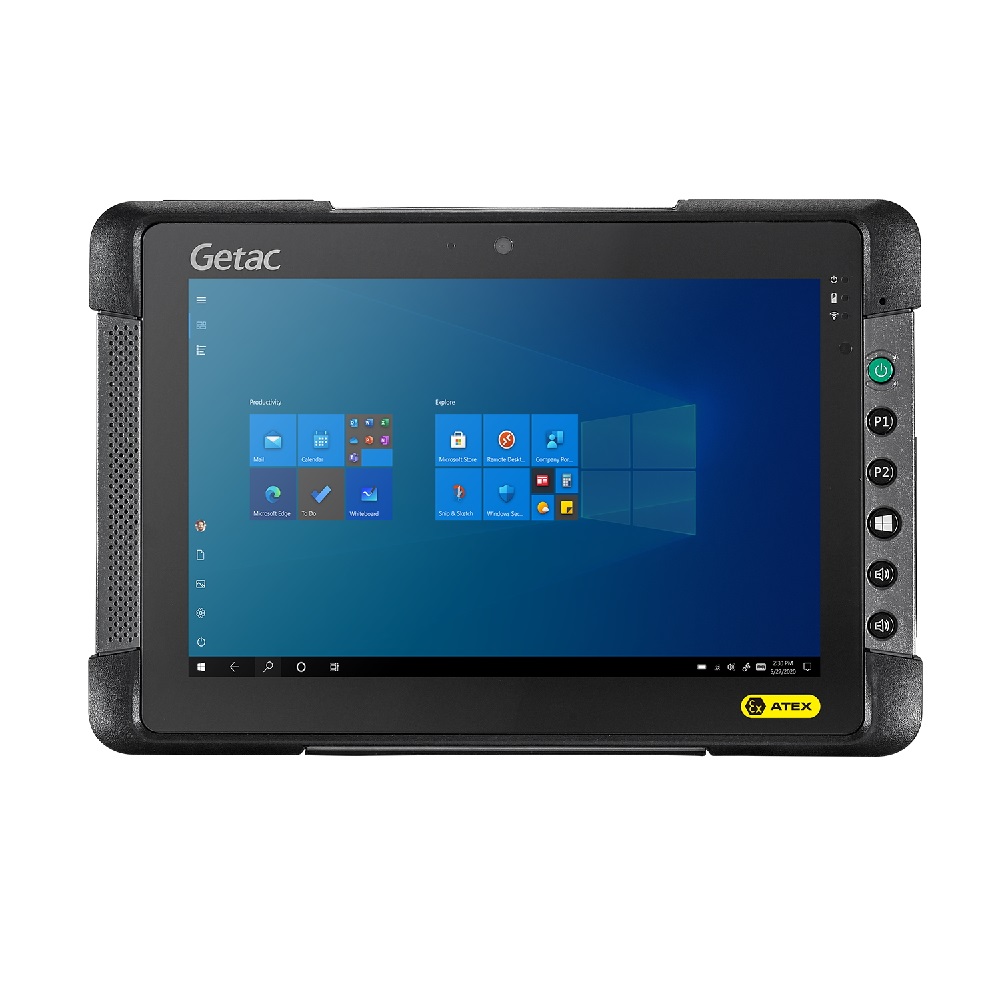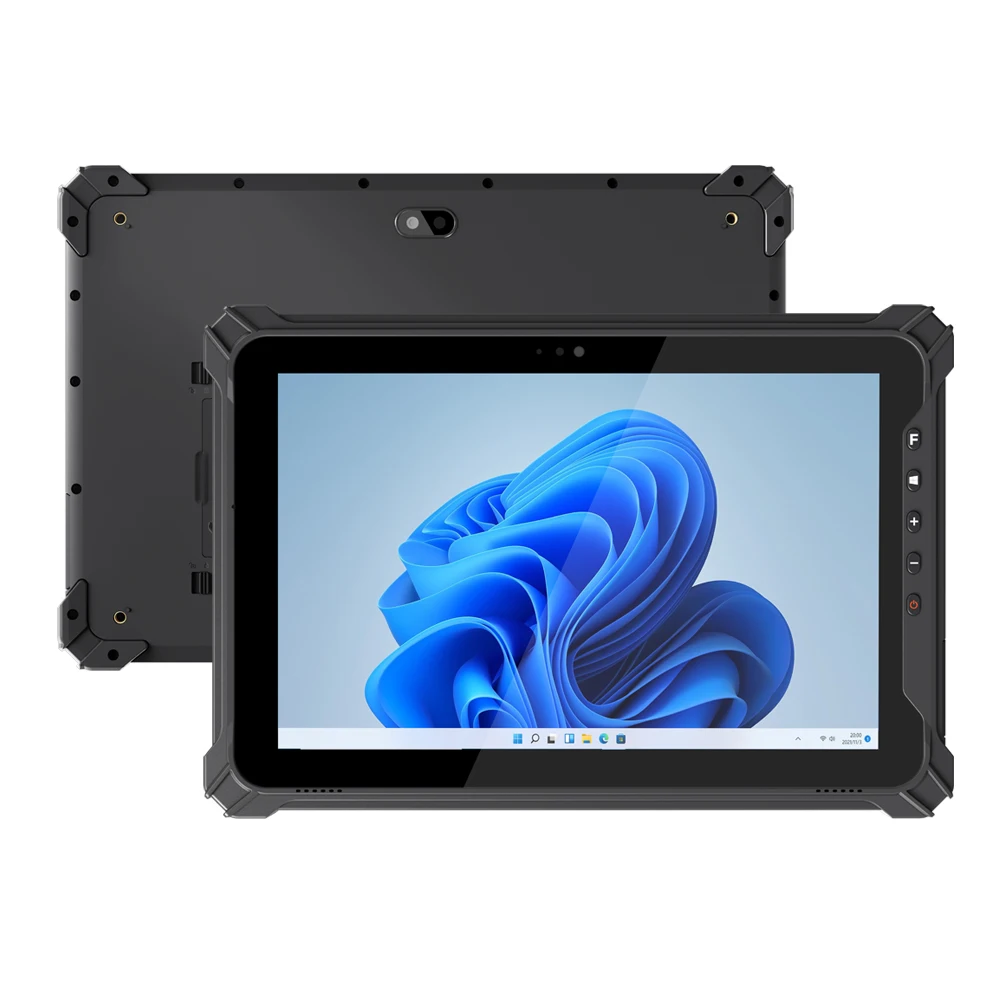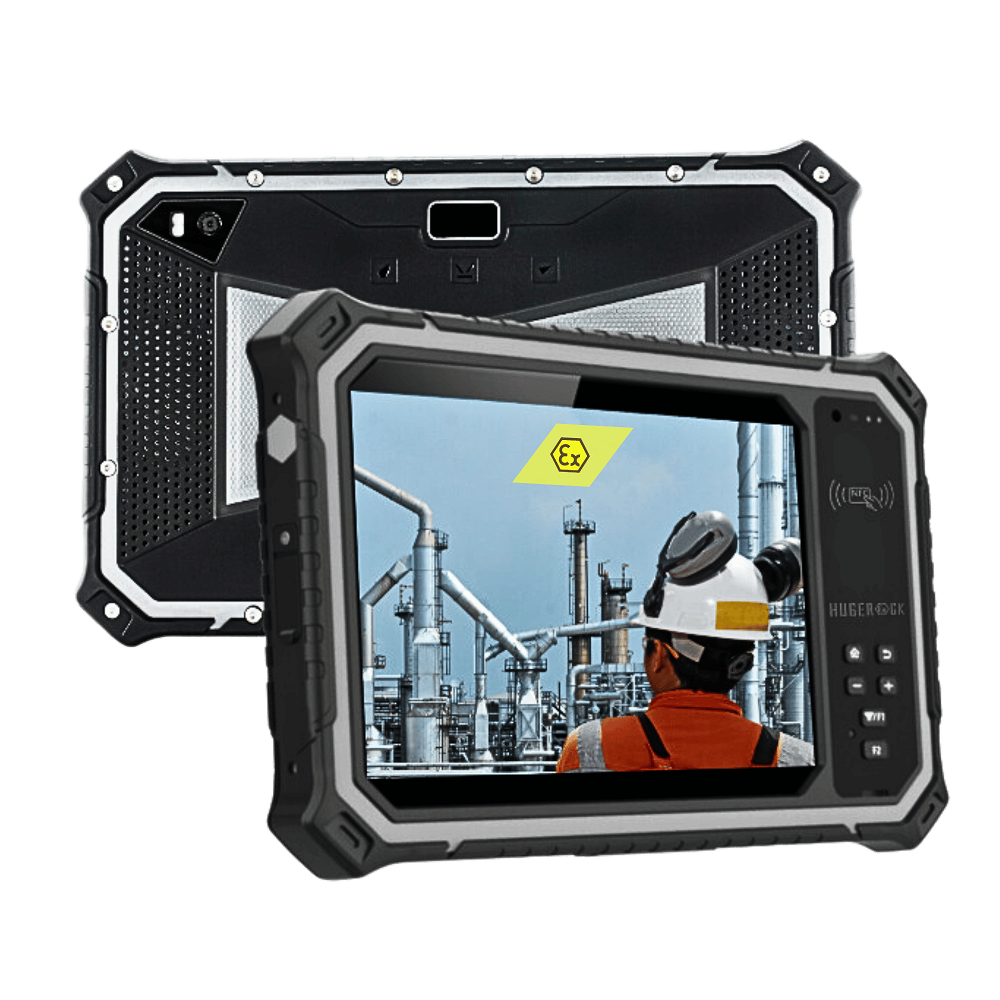Introduction to ATEX Computers
In a world where technology continues to evolve, the demand for specialized equipment is growing. ATEX computers represent a critical need in hazardous environments. They are designed for safety and reliability in places where flammable gases, vapors, or dust may exist. Safety regulations geared towards keeping workers safe have prompted the development of these specialized machines. In this article, we will explore what ATEX computers are, their significance, the technology behind them, their applications, and their future in various industries.
What are ATEX Computers?
ATEX stands for ATmosphères EXplosibles, which translates to “explosive atmospheres” in English. ATEX is a set of European Union directives that regulates equipment intended for use in explosive atmospheres. This includes computers and other electronic devices that could potentially ignite an explosion if not properly designed.
An ATEX computer conforms to stringent safety standards to ensure that it will not cause a spark in a volatile environment. They are built with specialized enclosures and fail-safes that can withstand pressure and temperature fluctuations. These computers have intrinsic safety measures designed to eliminate the risk of ignition. They often include features such as heat resistance, chemical resistance, and robust build quality.
Due to their specialized nature, ATEX computers are often more expensive than standard computers. However, the investment is worth the guarantee of safety for personnel and equipment in hazardous locations. Understanding the specifications and classifications of these computers is essential in making the right choice for specific applications.

The ATEX Classification System
Understanding ATEX Ratings
The ATEX directive classifies equipment into categories based on the level of risk present in hazardous environments. Equipment is rated based on its ability to operate safely without causing an explosion. Category 1 is the highest level of safety, suitable for environments with a high likelihood of explosive atmospheres.
For example, Category 1 equipment can be used in areas where explosive atmospheres are present continuously or for long periods. These environments are usually found in chemical plants, refineries, or other industrial facilities. Category 2 equipment is suitable for areas where explosive atmospheres may occur occasionally. Category 3 equipment is designed for locations where an explosive atmosphere is unlikely to occur.
Understanding these classifications helps businesses ensure they use the right type of ATEX computer and maintain compliance with safety regulations. It’s important to consult ATEX guidelines when purchasing any equipment for such environments.
Intrinsic Safety Explained
One of the defining features of ATEX computers is their intrinsic safety design. This means that the equipment is designed to operate safely in an explosive atmosphere by limiting the amount of energy available to ignite flammable gases or particles.
Systems employing intrinsic safety use various techniques to reduce energy output. For instance, the circuits within the computer may be designed to function at a lower voltage. This significantly decreases the chances of ignition. Additional barriers may also be implemented to prevent electrical discharges that could lead to an explosion.
These safety features make ATEX computers suitable for a wide range of applications. They offer peace of mind for users working in potentially dangerous environments.
Design Features of ATEX Computers
Robust Construction
ATEX computers come with robust designs tailored for extreme environments. Many of them have reinforced casings that protect internal components from physical damage. The materials used in manufacturing these computers can withstand harsh conditions, including high temperatures, moisture, and chemicals.
Some models are even built to resist vibrations and shocks typically encountered in industrial settings. Such durability is crucial for devices operating in mining sites, oil rigs, or manufacturing plants. Standard computers would likely fail in such conditions, leading to costly downtimes and potential safety hazards.
User-Friendly Interfaces
Despite their rugged construction, ATEX computers do not compromise on usability. Many models come equipped with user-friendly interfaces. Touch screens, for example, offer convenience for workers who need to operate machinery while wearing gloves. Large, easy-to-read displays ensure that operators can see critical information even in low-light conditions.
Furthermore, many ATEX computers come pre-installed with customizable software tailored to specific industries. This can help streamline operations and improve efficiency. User-focused design ensures that workers can easily interact with the computer, even under challenging conditions.
Connectivity Options
ATEX computers are not just rugged; they are also connected. Many models come with various connectivity options, including Wi-Fi, Ethernet, and Bluetooth. Having reliable communication channels in hazardous environments is crucial for coordinating tasks and overseeing operations.
This connectivity allows for real-time data exchange, which is vital in industries that require immediate action based on changing conditions. For instance, monitoring systems in chemical plants need to communicate with control centers to ensure safety protocols are followed.
Applications of ATEX Computers
Oil and Gas Industry
The oil and gas industry is one of the primary sectors that rely heavily on ATEX computers. These environments are filled with potential hazards, including flammable gases and volatile compounds. In such high-risk conditions, the need for reliable and safe equipment becomes paramount.
ATEX computers are used for monitoring drilling operations, managing logs, and collecting data in real-time. They ensure that workers can safely analyze information and make decisions that can impact safety and production efficiency. The oil and gas industry often operates in remote locations where conventional computers cannot function effectively due to environmental challenges.
In addition, the integration of ATEX computers with sensor technology allows for better monitoring of equipment health. This predictive maintenance can lead to increased safety and reduced downtime.
Chemical Manufacturing
Chemical manufacturing is another industry where ATEX computers play a crucial role. The production facilities often deal with various hazardous materials, including solvents, acids, and gases. In this setting, ATEX computers provide essential data management and control features.
They enable real-time monitoring of chemical processes, helping operators to detect anomalies quickly. Quick response times are vital in preventing accidents and ensuring that production runs smoothly. The advanced technology enables seamless communication between systems, ensuring that any risks can be addressed promptly.
Also, reporting features built into these computers aid compliance with regulatory requirements. Organizations must keep detailed records of their operations to demonstrate adherence to safety standards. ATEX computers help streamline this process, allowing for easy data retrieval and reporting.
Mining Operations
The mining industry presents unique challenges that necessitate specialized technology. Underground mining, in particular, comes with various hazards, including methane gas and dust explosions. ATEX computers are indispensable tools in these environments due to their robust safety features.
They are used for monitoring air quality, equipment functioning, and worker safety. Having real-time data at their disposal allows operators to make informed decisions quickly. Moreover, these computers facilitate communication between team members, contributing to a safer working environment.
In addition, ATEX computers are often equipped with GPS and tracking capabilities for personnel safety. This ensures that workers can be located in emergency situations, thereby improving overall workplace safety.
Future Trends in ATEX Computing
Technological Advancements
The landscape of ATEX computing is evolving rapidly. As technology advances, manufacturers are making ATEX computers more efficient and capable. Future models are likely to integrate advanced features such as augmented reality (AR) for better user interfaces. AR can provide real-time data overlays, assisting workers in making better decisions on the go.
Moreover, improvements in battery technology are going to expect. Longer-lasting and more resilient batteries could be a game-changer in hazardous environments, eliminating concerns about power loss.
Integration with IoT
The Internet of Things (IoT) is changing how industries operate. ATEX computers are likely to be going to integrate with IoT systems for smarter data collection and analysis. This integration can facilitate predictive maintenance by analyzing trends and identifying potential issues before they escalate.
Companies can benefit from data gathered through IoT devices connected to ATEX computers. Enhanced analytics can lead to improved efficiency and reduced operational costs.
AI and Machine Learning
The incorporation of artificial intelligence (AI) and machine learning into ATEX computers can revolutionize how data is going to process in hazardous environments. AI algorithms can analyze vast amounts of data quickly, improving decision-making processes.
For example, AI could help identify risks in a chemical plant by analyzing previous incidents and predicting future safety concerns. It will enable companies to take preventative measures, ultimately ensuring a safer working environment.
Conclusion
ATEX computers are indispensable in various industries that operate in potentially explosive environments. Their specialized designs, coupled with robust safety features, enhance worker safety while streamlining operations. Understanding ATEX classifications, design features, and applications helps industries choose the right technology for their needs.
The future of ATEX computers is promising. With advancements in technology, including AI and IoT, these computers will continue to evolve. They will become even more integrated and user-friendly, ensuring safety remains the top priority in hazardous locations. As industries continue to grow and change, so too will the technology that supports them, paving the way for safer, more efficient operations.


